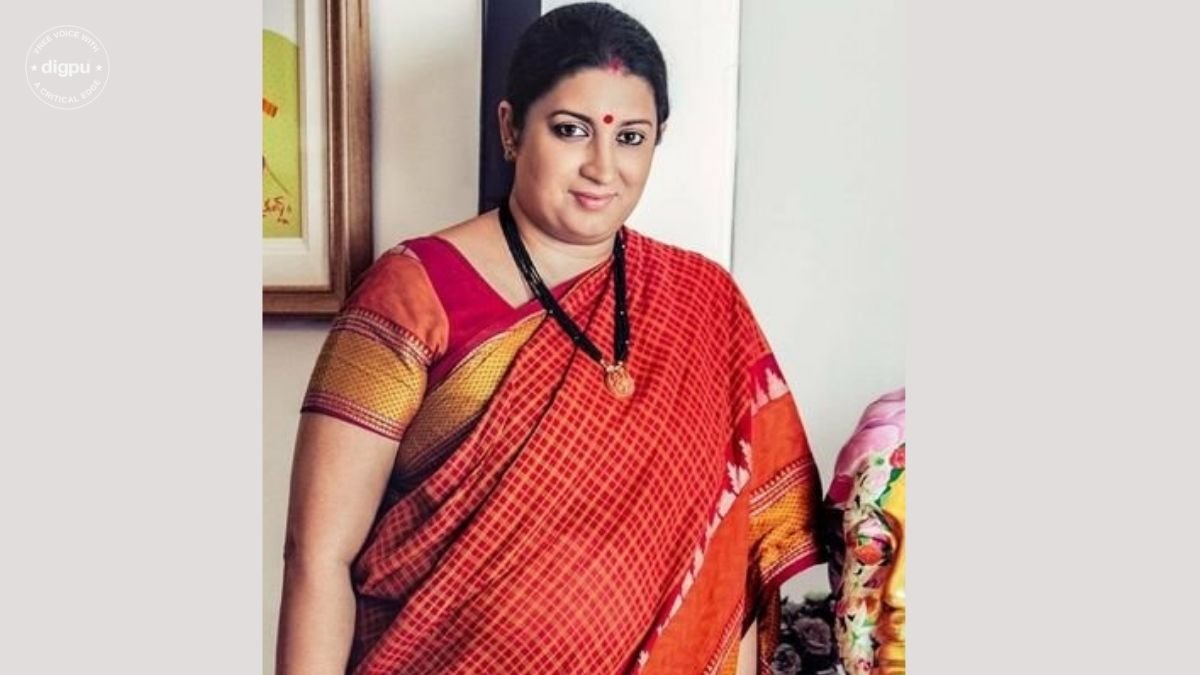GHI 2021 data is doubtful as it was based on telephonic surveys: Smriti Irani

Union Minister Smriti Irani said that GHI 2021 is a flawed and irrelevant report as a chunk of their data was collected from international organisations that did not have access to the current data
The Union Minister for Women and Child Development, Smriti Irani, has denied all claims in the recently released Global Hunger Index (GHI) Report in the Parliament.
In response to the concerns about India’s poor ranking in GHI 2021 report in the Rajya Sabha, Irani has expressed doubts over the accuracy of the survey. She said that the report was based on a telephonic survey.
Smriti Irani also questioned the Food and Agriculture Organisation (FAO) of the United Nations while answering a question raised by Rajya Sabha MP Sujeet Kumar. The MP had asked about the issues like child stunting, undernourishment, and child under-five mortality in the country, stated in the Global Hunger Index Report.
According to the report prepared by Welthungerhilfe and Concern Worldwide, India scored 27.5 and is ranked 101 among 116 countries.
Malnutrition: Not a direct cause of child mortality
In her response, Smriti Irani went ahead to say that malnutrition is not a direct cause of death among children aged less than five years.
The Union Minister added that GHI 2021 is a flawed and irrelevant report as a chunk of their data was collected from international organisations that did not have access to the current data.
Smriti Irani had also lashed out at FAO for conducting telephonic surveys. “The survey was conducted through a telephone call. One of the questions posed in the telephone conversation was: Have you felt hungry when you did not eat food? So, can you imagine that we are talking about a medical and societal challenge, measured through a Gallup phone call?”
She also said that the impact of Covid in India’s neighbouring countries is not depicted well in the report. “….countries like Nepal, Sri Lanka, and Afghanistan, it seems from this report, have been unaffected by COVID, which is not true,” she said, adding that the Indian government has provided free food grains to 80 crore people during the pandemic.
Delusional answer to the apparent ‘fictional' trend
In 2020, as per the FAO estimates in ‘The State of Food Security and Nutrition in the World, 2020' report, 189.2 million Indians are undernourished. Thus, 14% of the population remains undernourished in India.
According to her, India has a sufficient food supply, and the trend in FAO is portraying a fictional trend. FAO has estimated in the report ‘Prevalence of Undernourishment’ in India for the period of three years as 14.8% (2015-2017), 14.5% (2016-2018), and 14% (2017-2019).
Smriti Irani has quoted the NFHS report and substantiated her claims by saying that National Family Health Survey (NFHS) has revealed that child stunting had decreased from 38.4% (NFHS-4, 2015-16) to 35.5% (NFHS-5, 2019-21). Child wasting has also reduced to 19.3% from 21% in 2015-16 in India, NFHS report stated.
The GHI report is prepared by renowned Irish humanitarian organisation 'Concern Worldwide' and German non-profit firm, Welthungerhilfe. The survey was conducted in 135 countries across the globe.
Irani has claimed the irrelevance of the reports based on its indicators. “The undernourishment indicator captures the nutrition situation of the population as a whole, while the indicators specific to children reflect the nutrition status within a particularly vulnerable subset of the population for whom a lack of dietary energy, protein, and/or micronutrients (essential vitamins and minerals) leads to a high risk of illness, poor physical and cognitive development, and death,” the website reads on why the particular indicators were chosen in the GHI report.
“The inclusion of both child wasting and child stunting allows the GHI to document both acute and chronic undernutrition. By combining multiple indicators, the index reduces the effects of random measurement errors,” it added.
The GHI data is collected from FAO, World Health Organisation and the World Bank. The data on child mortality are sourced from the United Nations Interagency Group for Child Mortality Estimation (UN IGME). Similarly, the child wasting and stunting data are collected from the joint database of UNICEF, the World Health Organization (WHO), World Bank, and WHO’s continuously updated Global Database on Child Growth and Malnutrition.
Apart from that, the child stunting and wasting data is based on the most recent reports of the Demographic and Health Surveys (DHS) and Multiple Indicator Cluster Surveys (MICS), and statistical tables from UNICEF.
https://www.digpu.com/?p=125329
Comments
Post a Comment